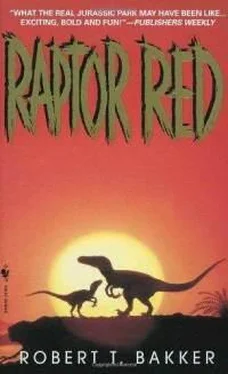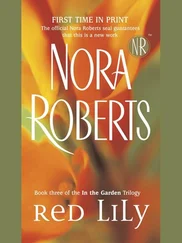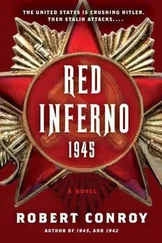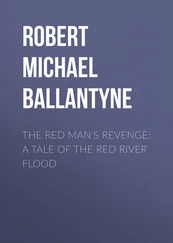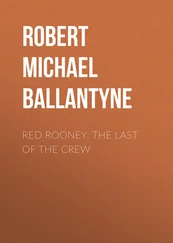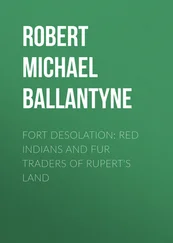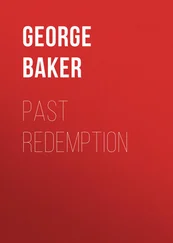RELUCTANT SISTER-IN-LAW
JUNE
He came with a dried-up turtle in his mouth. He walks with exaggerated steps, bringing his knees high, silently, like a dinosaurian mime.
Raptor Red has been watching him for several minutes now. The young male has already completed the first act of the dance. Now he’s beginning the much more difficult second act. She hasn’t awakened her sister, who is snoring loudly, lying on her side because her gut is too stuffed to lie on her stomach.
The male raptor lowers his head almost to the ground and swings it left and right. This part of the courtship dance is the toughest. The slow-motion head and neck gestures are done with the hands pulled back against the chest. Balancing is difficult. Proper execution of the dance requires that the deadly hand claws be out of sight - there can be no suggestion of a threat.
Raptor Red marvels at the smooth execution of the dance. Intuitively she knows that only a male in the peak of health can perform this way. She begins to flex and extend her own knees and ankles just a little bit, while she remains sitting, following with her eyes the step routine the male is performing.
She hasn’t the slightest interest in the dried turtle as a food item. It’s a symbolic gift. Even if she were hungry, she wouldn’t look at the turtle as lunch. Long, long ago, a thousand generations or more, raptor males gave fresh meat, recently killed, as a gift to reluctant females. It was a courtship bribe -and a promise of parental duties that would be fulfilled.
Take this meat - see, I can help feed you and our unborn chicks was the message.
Now Raptor Red is watching a gift-dance of stylized formality, the program rewritten and rewritten again by that most innovative of choreographers, natural selection.
Raptor Red knows what she likes in a male dancer - slender, muscular limbs, and supple S-curves in neck movement - but she doesn’t know why. She was born with a vague idea of male beauty, an idea that was refined by watching her mother and father. She doesn’t know that these strict standards will help guarantee a mate who will be faster than she and more maneuverable - key assets when lovers hunt together as a team.
Raptor Red doesn’t know the history of her own species. Only one kind of animal will ever evolve the capacity to discover its own past - that will be Homo sapiens, a hundred and twenty million years hence.
But Raptor Red does know that she wants a male at least as good as the one she lost. Better. Her standards are much higher than average for her species.
Now she is very, very impressed.
The male reaches far forward and, without the slightest muscular tremor, stretches his neck a few inches above the ground, extends his snout, opens his jaws, and drops the turtle a yard from Raptor Red’s feet.
He withdraws by walking slowly backward, facing Raptor Red as a medieval servant faces some all-powerful empress, his eyes focused on the ground.
At the last moment he stumbles on a half-buried astro rib. But he recovers - it’s an almost-invisible error in his program.
Raptor Red cocks her head, as if she were disturbed. It’s the response she’s supposed to give, to make the male more nervous. But in reality she doesn’t mind at all.
Quite splendid - overall, she is thinking in unspoken judgment. If she had a concept of numbers, she’d give him a 9.6 out of 10.0 for the execution of the dance, and a 10.0 for the difficulty of the routine he chose.
There is a long pause. The male looks up from the corner of his eye but doesn’t move. Raptor Red feigns disinterest. She looks up at some big dactyls - they’re Criorhynchus, big fellows with vertical crests on their snout tips. She yawns. She hisses at the dactyls.
Now she looks at the turtle. It’s been dead for a month, at least. There’s hardly any digestible meat left.
The male shifts his weight on his legs. His calf muscles are cramping.
Raptor Red picks up the turtle and flips it in the air high above her muzzle. To the male, the turtle seems suspended, turning in slow motion in the air. He’s just about decided that Raptor Red will let it drop.
Gulp! The turtle disappears down her gullet. The brief taste she got was quite terrible, and she’ll throw the turtle back up in five minutes.
That won’t matter. The male stands up, tall, and lets his hands fall straight down. He walks over to Raptor Red and sits down next to her and begins to groom her neck lightly.
Hisssss … HSSSsss. Raptor Red’s sister wakes up and stares angrily at the male. She tries to get up, baring her teeth. The chicks get alarmed and retreat to the top of a tussock. But Raptor Red’s sister’s belly is just too full. She doesn’t have the energy to generate a full-scale threat. And Raptor Red doesn’t even turn around to acknowledge her sister’s displeasure.
Laboriously, Raptor Red’s sister drags her bloated body over to where the chicks are and lies down in front of them.
She sighs - as if to say, All right, if you insist, I won’t bite him - but keep him away from me and my chicks.
MANURE, LOVE, AND FLOWERS
JUNE
The male Utahraptor stands dead still in the shade of a cycad’s palmlike leaves. Usually he has the fearlessness of a young adult. He’s pumped full of hormones, and he has confidence in his muscles, his athleticism, his senses. He’s not afraid to attack strange plant-eaters three times his size. He has little reluctance to challenge a mature male Utahraptor a hundred pounds greater in bulk.
But now he’s afraid of the color red. The young male is unnerved by the mass of red-purple objects hanging from bushes and low trees a few hundred yards away. Here is more red in one place than he’s ever seen before. The six-foot-high wall of crimson stretches for a quarter-mile, and when the wind blows, the red objects undulate in a threatening manner.
The young male’s brain cannot cope. He can’t deal with this scarlet overdose - there’s no programmed instinct to make the proper choices when faced with so much color.
Red is the most evocative hue in evolution among land animals. Red is the color that elicits the strongest emotions in birds, in lizards, in frogs - and in Utahraptor. Red triggers courtship and mate-bonding. But red is also the color of blood, the cue to fear death.
The male raptor is used to handling red in small amounts. Red is the color he wears himself on the sides of his long muzzle. Red is the color he’s programmed to seek in a mate. The first time he saw Raptor Red, he responded strongly because she wore an especially bright oval patch of red on her snout.
Red is an eternal come-on. Long before the Cretaceous, red has transfixed the attention of animals with color vision. It shows up clearly against the green of foliage or the brown of soil. It’s a universal language that will be understood by parrots and apes and human beings long after the Cretaceous.
Reds and purples penetrate the environment and advertise their wearer as either a lover or a fighter; they are a loud message for females to come near and for other males to stay away.
Evolution is a smart cosmetician. The male raptor has a two-stage recognition system: First, he’s attracted to any raptor who wears the correct hue. Second, he scrutinizes the face for the correct pattern.
He saw this mass of color five miles off, and his subconscious made him investigate. Up till this moment, the male raptor has grown excited every time he’s seen a moving spot of red. But a hundred yards of scarlet and crimson is far too much stimulation. It overloads his circuits.
And that’s what he sees now in the woody shrubs growing in dense confusion at the base of the conifer wood: thousands of gaudy purplish-crimson blobs swaying in the wind. They are flowers. Primitive flowers with wide, simple petals arranged like a modern magnolia’s. The male raptor has never seen flowers before, and it’s a scary sight.
Читать дальше
